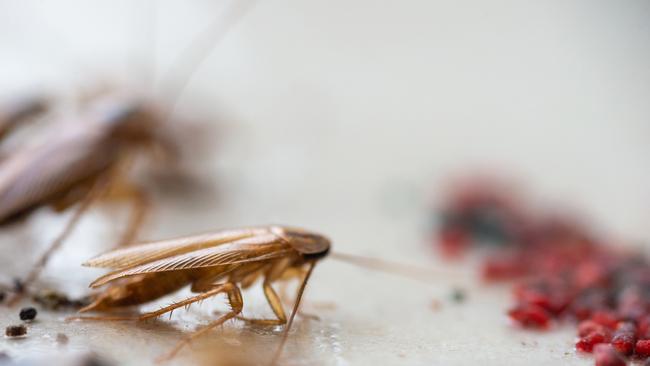
The grand total of all the humans who’ve ever lived? 117 billion. The current global population of cars, buses and trucks? 1.47 billion – hence all the traffic jams.
Each human contains lots and lots of atoms – around 7 followed by 27 zeros. There are about 86 billion neurons in the human brain, and 100 trillion synaptic connections. There are about the same number of neurons in your brain as stars in the Milky Way. And there are two trillion galaxies in the observable universe.
But back to us. Our thumping population is a consequence of sex addiction.
Remember when Woody Allen made funny films? In 1972, in his Everything You Always Wanted to Know About Sex But Were Afraid to Ask, Woody played an ejaculated sperm cell. Had this been a doco he’d have needed to depict another 100 million! And it only takes one to make a baby. Hence our fatal fecundity. The good news? Almost everywhere sperm counts are dropping.
We interrupt this salacious subject to return to God’s fecundity. Picking up a handful of sand, cosmologist Carl Sagan said: “There are more stars out there than there are grains of sand on Earth.” The size of the universe? About 94 billion light-years across. And that’s without parallel universes.
Back to humans again. A typical life span? Say 85 years – that’s 31,000 days. Or 745,000 hours. Or 45 million minutes. Whoosh! And despite medical advances, life expectancy is dropping thither and yon – even without pandemics or nuclear war. Even in the US – with or without Trump.
More fun facts for your next trivia night. According to National Geographic, there are about 8.7 million species of plants and animals on Earth, but only a tiny fraction have been identified and described by science. How many fish in the ocean? 3.5 trillion. Plus a few in aquariums. Birds in the sky? Not counting emus, about 50 billion. (Mind you, we can cut the bulk of them via the burning of more fossil fuels. Three cheers for climate change!)
From birds to words. The language with the greatest vocabulary? English, by a mile. The Oxford English Dictionary reckons there’s about 170,000 in current use – and there are newies every other day, like Covid and Bitcoin.
Yet for truly astronomical stats, forget astronomy. Let’s go from big black holes to bugs and beetles – from outer space to insects. This paragraph is sponsored by Mortein. According to Britain’s Royal Entomological Society, there could be as many as 10 million species of insects to zap, spray or slap at. At this moment at least 10 quintillion are flying or crawling around (including cockroaches, oft billed as possibly the only life form that would survive nuclear Armageddon. The Planet of the Roaches.) Ten quintillion. That’s 10 followed by 18 zeros. Or put another way, we’re talking 1.1 billion insects per person. Have a nice day. A nice 86,400 seconds.




In a world rancid with religion, brutalised by bigotry and polluted with politics, let us take refuge in facts and figures. As of 10am today the population of Australia includes 70 million sheep, 24 million cattle, about 1 million camels, 50 million kangaroos, between 288,000 and 628,000 koalas, between 30,000 and 300,000 platypus, and some 26.5 million human beings.